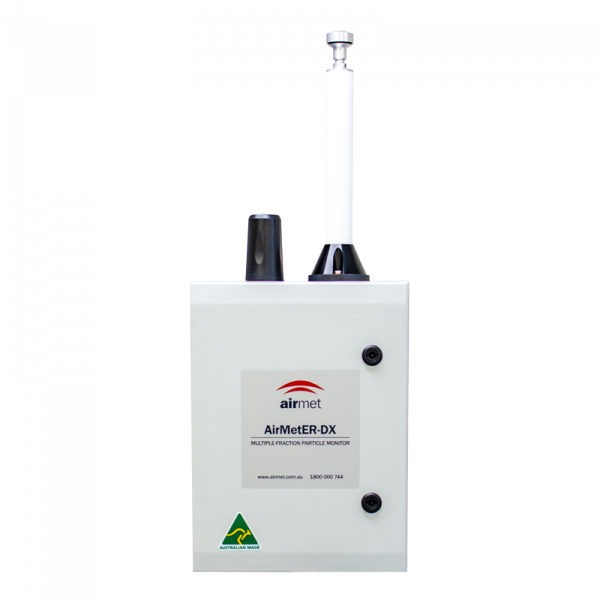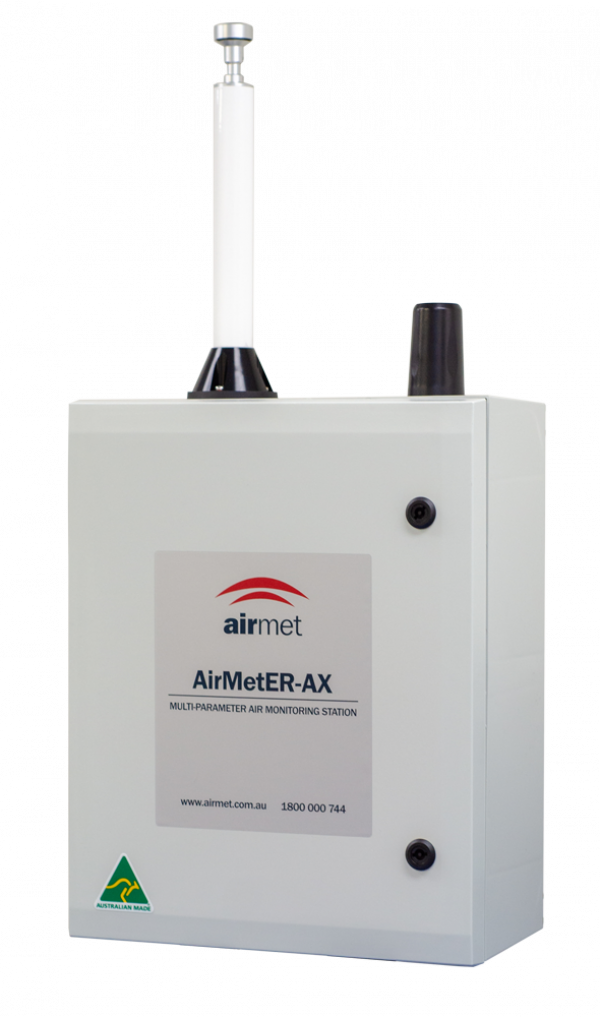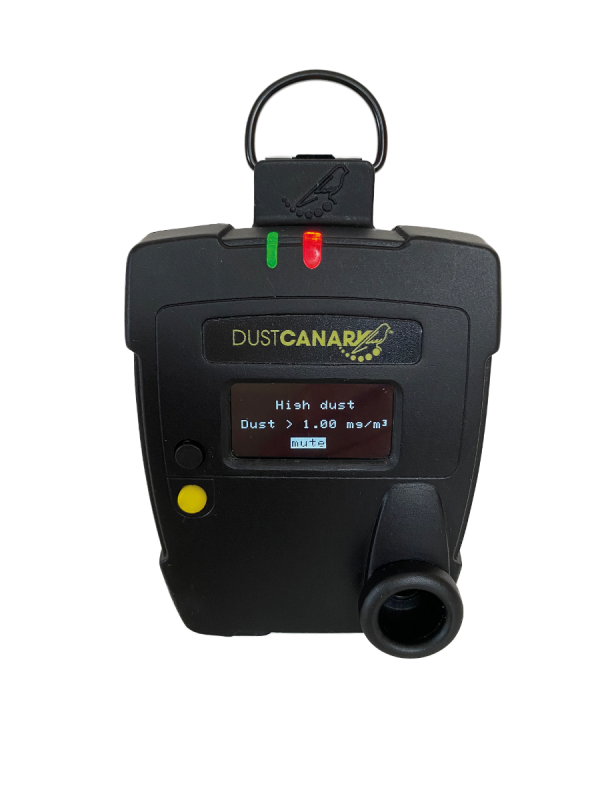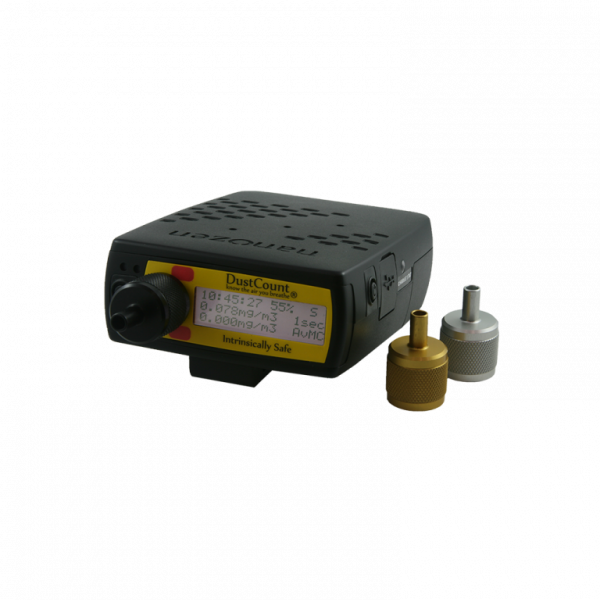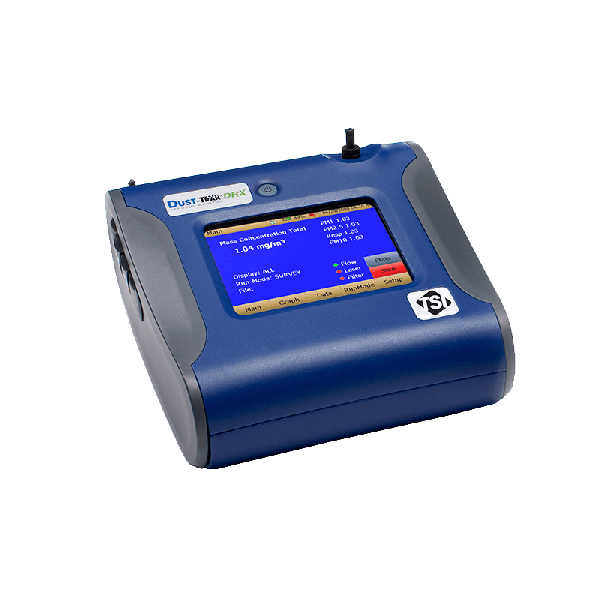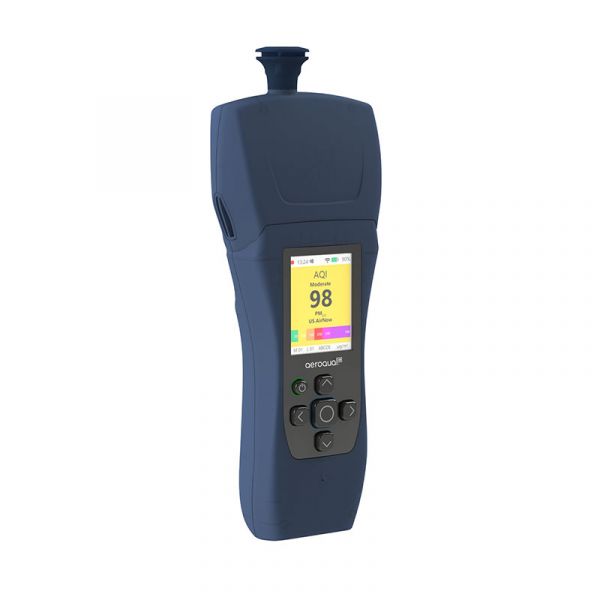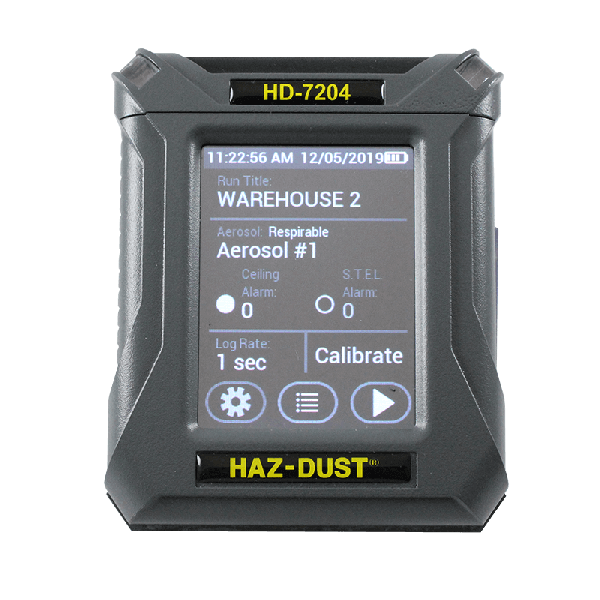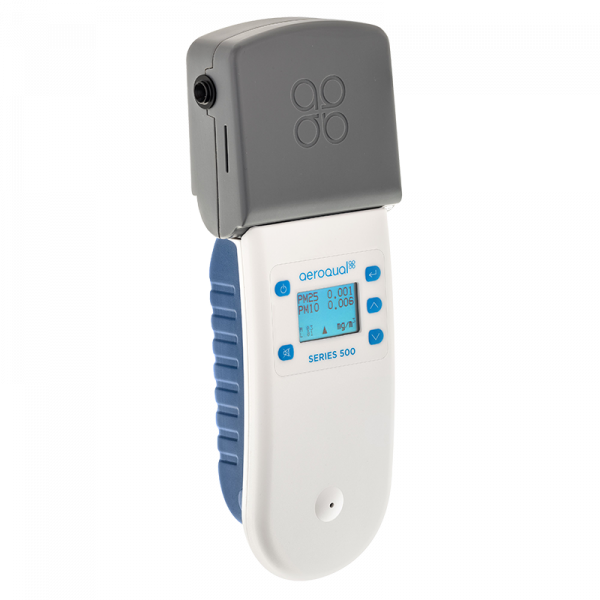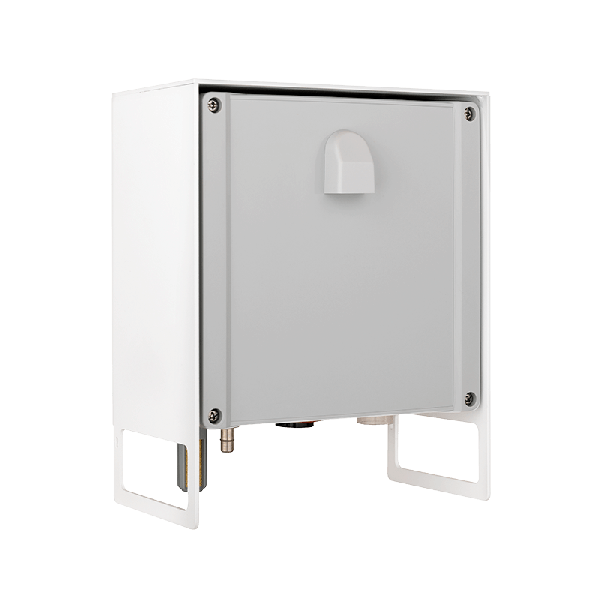Air-Met Scientific offers short and long-term rental options for aerosol and real-time dust monitors across Australia. With six offices nationwide, we provide convenient access to high-quality dust monitoring equipment for a range of applications. Our dedicated rental team assists in selecting the right equipment and offers support throughout the rental period. Simply contact your local Air-Met Scientific offices to discuss your dust monitoring requirements.
Yes, all Air-Met Scientific offices offer maintenance and calibration of a range of dust monitoring equipment including real-time dust monitors, dust monitoring stations, respirable dust monitoring devices and more. We are also the Authorised Service Centre in Australia for Nanozen Industries Inc, DustCanary and the Australian Made Certified AirMetER Monitoring Station Series. Contact your local Air-Met office to book a service.
Particulate matter (PM) refers to a mixture of tiny solid and liquid droplets suspended in the air. These particles vary in size, composition, and origin, ranging from dust, pollen, and soot to aerosols and smoke. Particulate matter can be emitted directly into the air from various sources such as vehicle exhaust, industrial processes, construction activities, and natural events like bushfires. PM can have significant impacts on human health and the environment, depending on their size and composition. Fine particulate matter (PM2.5) and ultrafine particles (PM0.1) are particularly concerning due to their ability to penetrate deep into the lungs and bloodstream, causing respiratory and cardiovascular issues.
Here's a breakdown of some common particulate matter classifications based on size:
- PM10: These are coarse inhalable particles with a diameter generally less than 10 micrometers (μm). For reference, a human hair is roughly 100 μm wide, so you can imagine PM10 being just barely visible. Sources of PM10 include dust from roads, construction sites, and agriculture.
- PM2.5: These are fine inhalable particles with a diameter of 2.5 μm or less. They're significantly smaller than PM10 and can travel deep into your lungs, causing more health problems. Vehicle emissions, power plants, and some industrial activities are major contributors to PM2.5.
- PM4.25: This classification isn't as common as PM2.5 or PM10, but it represents particles with a diameter between 2.5 μm and 4.25 μm. It essentially falls within the range of fine inhalable particles.
- TSP: Total Suspended Particles (TSP) is an older classification that encompasses all particles suspended in the air, regardless of size. It's less informative than PM classifications because it doesn't distinguish between the different health risks posed by varying particle sizes.
Yes, some dust monitors are weatherproof and suitable for outdoor dust monitoring. These are ideal for construction sites, mining operations, and other environments with potential outdoor dust issues. Dust monitoring stations such as the Australian Made AirMetER Series also offer solar options allowing users to place these devices in remote locations where a power source may not be readily available.
Real-time dust monitoring plays a vital role in safeguarding the health and safety of workers, protecting the environment, and ensuring compliance with regulations in various industrial and environmental settings. Dust monitoring is often used in:
- Occupational Health and Safety: In industries such as mining, construction, manufacturing, and agriculture, workers are exposed to harmful levels of airborne dust particles. Real-time dust monitoring devices monitor dust levels such as PM1 and PM2.5 to provide immediate feedback on the current working environment, allowing safety personnel to implement dust control measures and improve worker safety conditions.
- Environmental Monitoring: Real-time dust monitors play a crucial role in environmental monitoring by continuously measuring airborne particulate matter levels in real-time. These monitors detect and quantify dust particles present in the air, providing immediate feedback on air quality. Environmental professionals use them to assess pollution levels, track the effectiveness of control measures, and identify potential health risks associated with dust exposure. By capturing data instantaneously, real-time dust monitors help in making informed decisions to mitigate environmental impacts and safeguard public health.
- Mining and Quarrying: Real-time dust monitors are essential tools in mining operations, enabling continuous monitoring of airborne particulate matter levels in work environments. These monitors help assess and manage dust exposure risks for miners by providing immediate feedback on dust concentrations. By detecting high dust levels in real-time, mining companies can implement timely control measures to reduce exposure and protect workers' health. Additionally, these monitors aid in regulatory compliance by ensuring dust levels remain within permissible limits, contributing to safer and healthier working conditions in the mining industry.
- Construction Sites: Construction sites while necessary for urban development of new infrastructure produce a significant amount of dust from activities such as demolition, excavation, and material handling. Real-time outdoor air quality monitor such as the AirMetER-DX can assist site managers in assessing the effectiveness of the dust control measures and take corrective actions as needed. By ensuring compliance with regulatory standards and maintaining a healthier work environment, real-time dust monitors contribute to safer construction practices and minimise environmental impacts.
In Australia, safe dust exposure levels are defined by workplace exposure standards (WES) set by Safe Work Australia. These standards specify the maximum allowable airborne concentration of a particular dust type for an average eight-hour workday. A key point to remember here is that there is no single "safe" level for all dust. The safe limit depends on the specific type of dust.
For the most up-to-date information on safe dust exposure levels in Australia, it's best to consult Safe Work Australia's website or your local environmental agency. They can provide details on specific dust types and relevant regulations.


